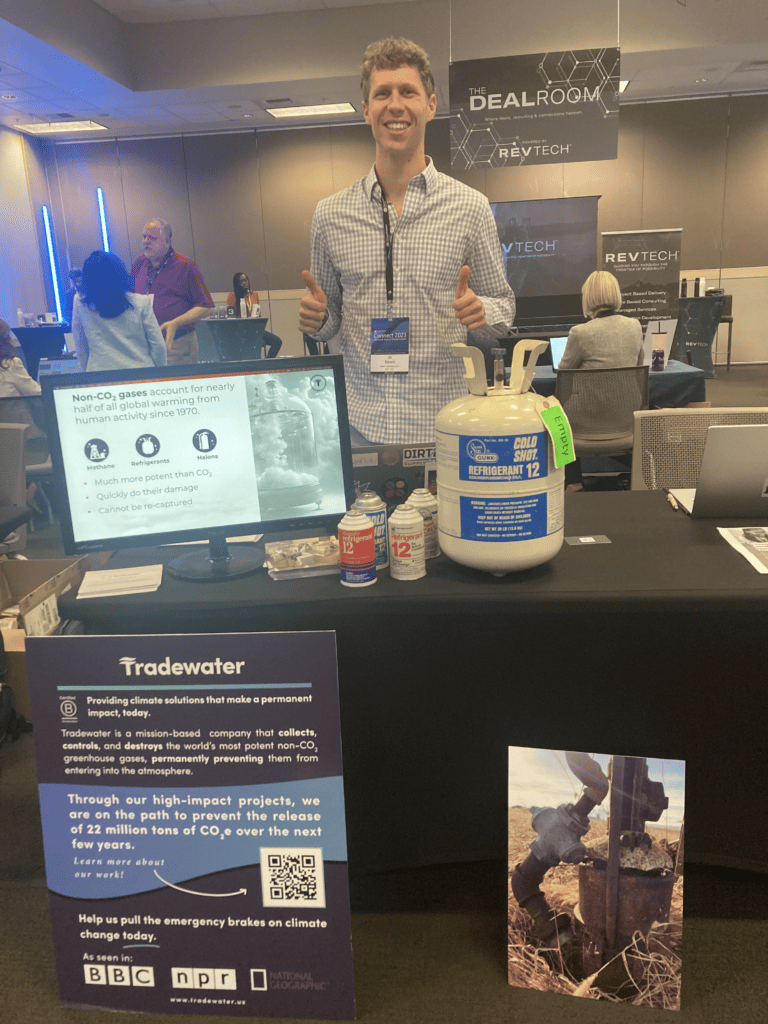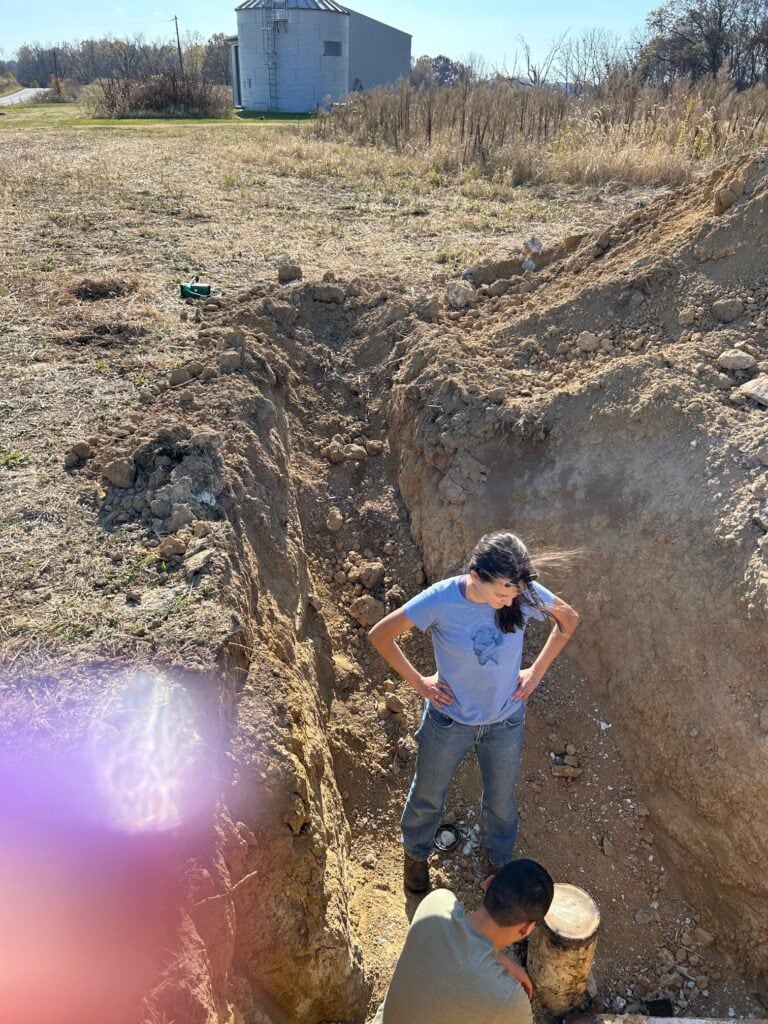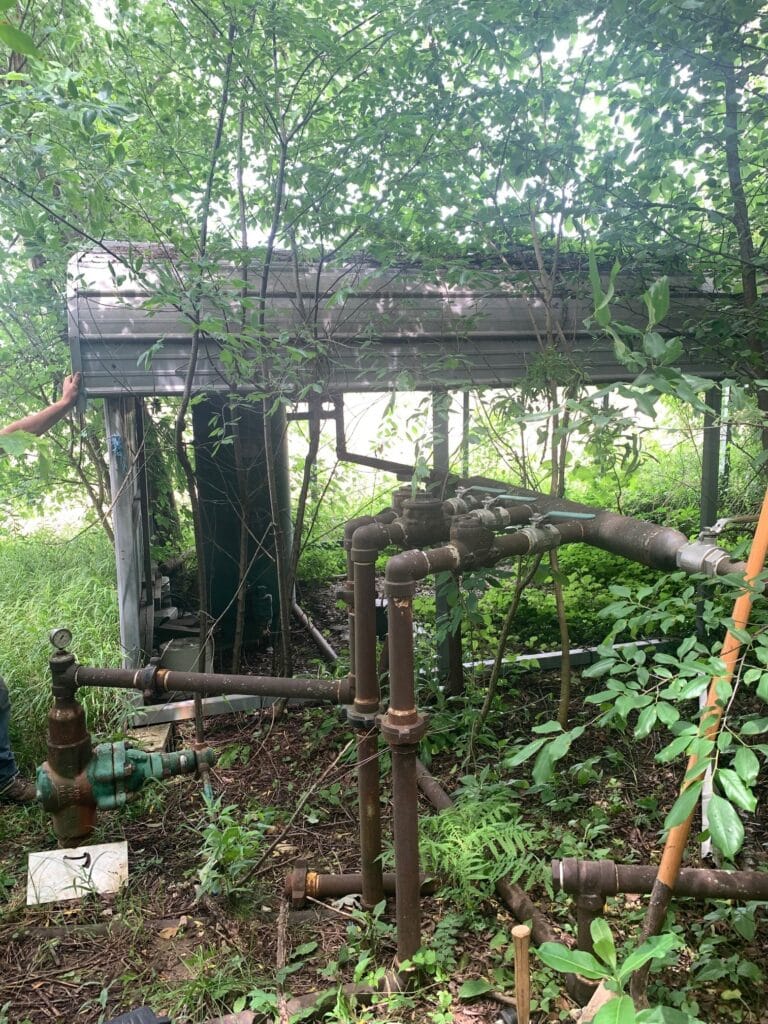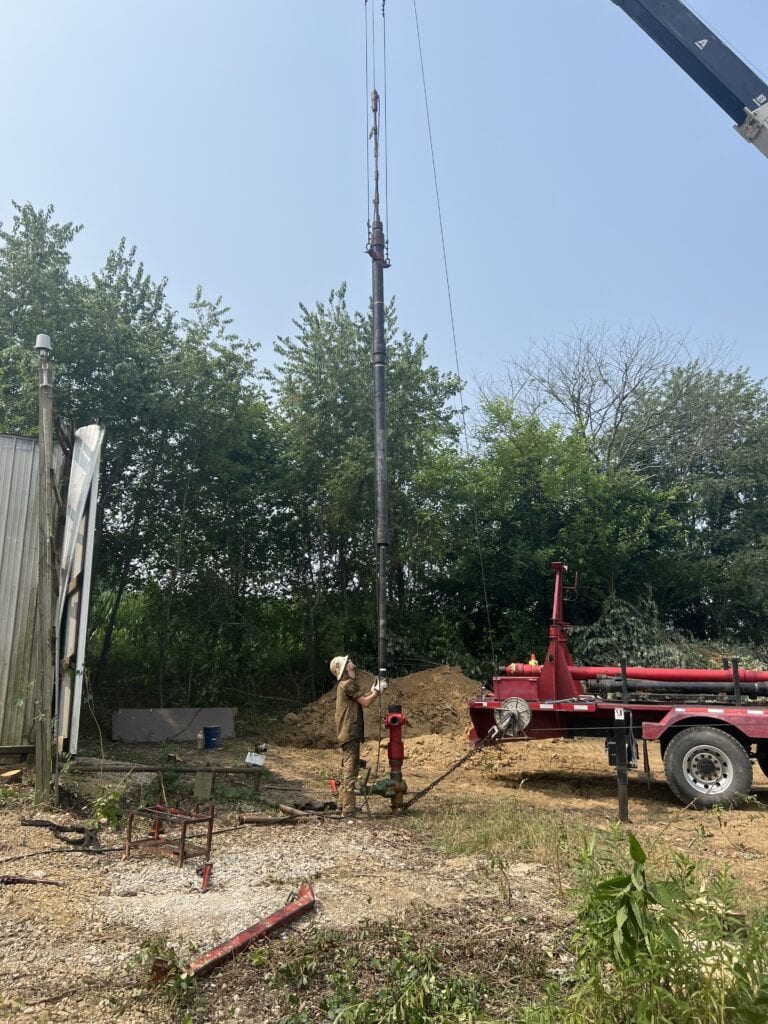How Tradewater is tackling the big methane emissions problem

The 3 key methane facts
Here’s a hard pill to swallow: we cannot solve climate change without an immediate and drastic reduction of methane emissions.
To understand why, you need to know 3 facts:
- Over a 20-year period, methane has a global warming potential that is 84 times greater than CO2 (AR5).
- One-third of methane emissions naturally occur in the world’s wetlands. Humans contribute the other two-thirds through leaky fossil fuel extraction, livestock burps and manure, and landfills.
- Since the Industrial Revolution, methane has caused 30% of global warming.
Methane pledges made, but action delayed
150 countries have signed the Global Methane Pledge, first introduced at COP 26 in 2021, committing to reduce methane emissions by 30% by 2030. The titans of the oil and gas industry have announced the Aiming for Zero initiative, committing to “strive to reach near zero methane emissions from operated oil and gas assets by 2030.”
Problem solved and planet saved, right?
Not quite. According to the International Energy Agency, methane emissions from the fossil fuel industry actually increased in 2022.
We’re on the front lines of methane mitigation
The IEA, the EPA, the EDF, and even the UN have all written about methane, but we’re here to give you an inside look.
Our names are Eli Etzioni and Georgia Sparks. We’re on the team at Tradewater. Eli manages partnerships. Prior to joining Tradewater, he led Commercialization at Symbrosia, a startup developing a red seaweed feed additive called SeaGraze™ to reduce the methane in cow burps by 80%. Symbrosia has received investment from the global dairy company Danone and is piloting SeaGraze™ with Organic Valley.

Georgia conducts research and coordinates strategy and operations for Tradewater’s program to plug orphaned oil and gas wells and prevent them from emitting methane. After studying environmental science in college and researching urban greenspace and climate resilience, Georgia dove into the world of methane.

Eli spent years in the (sea)weeds trying to reduce the methane in cow burps. Georgia has helped design a methane mitigation program from the ground up.
We know how hard this work is. And we know an opportunity for major impact when we see one.
The opportunity: plugging orphaned oil & gas wells
One of the greatest climate problems we face today is dealing with the millions of abandoned and orphaned oil and gas wells scattered across the world. Tradewater is tackling this problem—starting in the U.S.
Orphaned wells: the problem we face
There are at least 3 million abandoned and orphaned oil and gas wells across the U.S., about two thirds of which remain unplugged. The EPA estimates that these wells emit 7 million metric tons of CO2e a year (US EPA).
Wells have been left across the country in various states of abandonment, but Tradewater is focused on orphaned wells—those without a solvent operator. There are 117,672 documented orphaned wells and likely over a million undocumented orphaned wells in the U.S. (Merrill et al., 2023).
How we got here
You may have heard that the Bipartisan Infrastructure Law provides $4.7 billion to plug orphaned wells (DOI), but unfortunately, that is only a drop in the bucket of what is needed to address this issue at scale. The cost of plugging an abandoned or orphaned oil or gas well is estimated at $76,000 and some plug jobs cost much more (Raimi et al., 2021). This means it would cost about $8.9 billion to plug only the documented orphaned wells, and even more as they are identified.
Oil and gas companies are required to post a bond to drill a well, but the bond is not enough to cover the cost of plugging, making it cheaper to abandon a well than to plug it.
Companies frequently go bankrupt or dissolve before plugging wells they’ve drilled, orphaning them in the process. The wells then fall to state governments to plug, but with no state mandate to plug them, and woefully insufficient funds from forfeited bonds, they frequently languish on state orphan well lists for years.
During this time, their equipment rusts and decays, putting the integrity of the wells at risk and making them harder to plug.
To reduce methane emissions, we need to tackle this problem from all sides — and quickly.
We have a methane solution you can support that can be implemented right now.
Tradewater’s solution
- We identify leaking wells with the potential to emit a great deal of methane.
- We take measurements to quantify how much methane would be emitted in a business-as-usual scenario.
- We plug these wells, permanently sealing the gas underground.
- We take a final measurement to confirm that there are no post-plugging emissions.
What that looks like
To give you a sense of what our work looks like, we’d like to share a story with you.
One hot day in July, our team trudged through several rows of corn and were greeted by quite a sight. Nestled between the cornfield and a family’s backyard, there was a cluster of overgrown trees and vegetation, with two orphaned gas wells hidden beneath the brush.

Next to the wells sat a large shed. Casey, our Methane Project Development Manager, ventured inside. She found an old processing unit (and an opossum scurrying around the rusted pipes). The neighbors told us that the company that drilled these wells set up the processing unit, used it for a couple days, and shut it down. The state tried to plug these wells at one point, but were forced to stop when they realized how challenging and expensive the site would be to plug and remediate. The wells sat there for years, orphaned and leaking, until Tradewater decided to tackle them.
During plugging, as we lowered equipment into the hole of one of the wells, we hit an unexpected obstruction hundreds of feet below ground level— but there was nothing in the well records that said the obstruction should be there, which meant that someone had tried to illegally manipulate the well. It took five workers to wrangle these wells, but in the end, we were able to permanently plug them and restore the land.

Last year, kids jumped on a trampoline just up the hill from a hidden climate menace. Now, with the wells gone, the landowner and their family are free to use the land however they choose, without fear of environmental or safety risks.
Additional benefits
Plugging wells like these does more than just prevent methane emissions. As you just saw, orphaned wells may be found anywhere: in the middle of a cornfield, a backyard, or next to a stream, and they can endanger nearby houses and families.
Tradewater’s work protects land, air, and water.
- Land: We remediate the area around the plugged well and return it to the landowner’s care.
- Air: We prevent emissions of other chemicals found in oil and gas wells including benzene, a known carcinogen, and hydrogen sulfide, a toxic gas. We also avoid the risk of a deadly gas blowout.
- Water: We avoid contamination of underground sources of drinking water and nearby waterways.
Why this work is so impactful in the fight against climate change
- This is methane reduction work that doesn’t require any new technology. We know what the solution is, and we’re implementing it right now.
- There is no party to hold responsible for plugging these wells. If we don’t do this work, nobody will.
- Not all wells emit the same amount of methane – if we can find and plug the gassiest wells, we can have an outsized impact.
Plugging orphaned wells is a climate solution that gives us hope. We can do it at scale right now, protect land and communities, and turn methane pledges into reality.
As young professionals fighting for a sustainable future, this is the stuff that gets us up in the morning and gives us the energy to keep plugging away (pun intended 😊) at the defining challenge of our generation—climate catastrophe.
To learn more about Tradewater and how you can support our work, email us at info@tradewater.us.